The new high end notebook uses a 95 watt-hour Lithium-Polymer battery, which the company hailed as a physically compact breakthrough over the batteries used in competing laptops. It's true that many PC laptops continue to use Lithium-Ion batteries, which package cylindrical cells inside a case, a practice that wastes a lot of internal space around the cells with dead air. Some of the cheaper PC laptops even still use relatively ancient Nickel Metal Hydride battery technology, which is even less space efficient.
However, Apple has been using Lithium-Polymer battery technology for years, both in iPods and in its notebook line. Rather than packaging cylindrical cells inside a battery module, Li-Poly batteries use sheets of polymer plastic that can be shaped as needed, resulting in a more compact and dense battery unit. In the images below, from Apple's video on battery technology shown in the Macworld keynote, Li-Poly sheets are spooled into bundles (below top) and then pressed into a thin unit (below middle graphics). The result is a thin package (below bottom).
Apple uses Li-Poly batteries in the MacBook Air, and they're also used in iPods and iPhone models to deliver a slim profile. One notable difference in the 17" MacBook Pro is that while thinness is a top consideration, physical size isn't. That allowed Apple to install a relatively huge battery, affording the laptop a very long lifespan relative to industry norms.
The replacement battery rebels
Another aspect that allowed Apple to use a larger than typical battery is the company's fearless ability to buck convention. In this case, the prevailing consensus that a full size notebook must have a replaceable battery so that it can be swapped out with a spare. The company's track record for using non-replacable batteries in its iPod and iPhone models has long been ridiculed by pundits who have insisted that the company made that engineering decision primarily to force users to pay hefty fees to replace the batteries once they reached the end of their useful lifespan.
The real reason of course was to make a device that was easy to build and lacked a battery cover and the latches and connectors required to support user-swappable battery modules. Apple traded those features for the space to install a larger battery, giving its devices longer battery life in a more compact profile. The market solved the battery replacement cost itself, with companies offering third party, do-it-yourself kits for battery replacement in the price range of $10 to $20.
Last year, Apple took an even bolder step in releasing the thin MacBook Air without a replaceable battery module. That unleashed a new wave of bitter complaint from pundits, but resulted in a very thin enclosure that prompted healthy sales of the thin new notebook. While the company's mid-range 13" and 15" notebooks were sold with replaceable battery units, the new high end 17" model does away with all the covers, latches, and battery module packaging to make room for a larger battery pack that can't be swapped out without a screwdriver.
The result will likely be more complaint from the defenders of the status quo, but also a real breakthrough in usability. The 40% larger battery used in the 17" MacBook Pro gives it up to 8 hours of life, making it far more practically useful than a conventional 5 hour replaceable battery that requires also carrying a separate spare battery, and probably also an external charger.
3X longer life
Enhancing the battery's lifespan is an improved recharging system Apple calls Adaptive Charging, which more precisely monitors the charge level of the battery's individual cells, and delivers the optimal current required to recharge them. The company says this helps prolong the lifespan of the battery from the typical span of 300 charging cycles to up to 1000. That also means fewer battery packs will end up in landfills, putting a greener shine on the new notebook's environmental credentials.
With notebooks now accounting for more than half of the computers Apple sells, battery technology is a key area of research, one that the company is addressing with advanced research into battery chemistry and packaging design. This enables the company to produce differentiated products that stand out against the sea of commodity PC notebooks that are fighting primarily only to be cheaper, resulting in a need to use older technology that doesn't demand any investment in innovative research.
Apple has been routinely criticized for not scrambling to jump on the bandwagon of $400 netbook mini-laptops, but while that market of razor thin profit margins receives a lot of press hype, sustainable profitability lies with higher-end notebook models, a market Apple is increasingly dominating. Just as it did a decade ago, Apple intends to innovate its way out of the current recession, setting itself up for a strong position once the global economy recovers. Until then, sales of Apple notebooks appear to be stronger than ever, thanks to the company's relentless efforts to improve and differentiate its MacBooks from commodity PC alternatives.
 Prince McLean
Prince McLean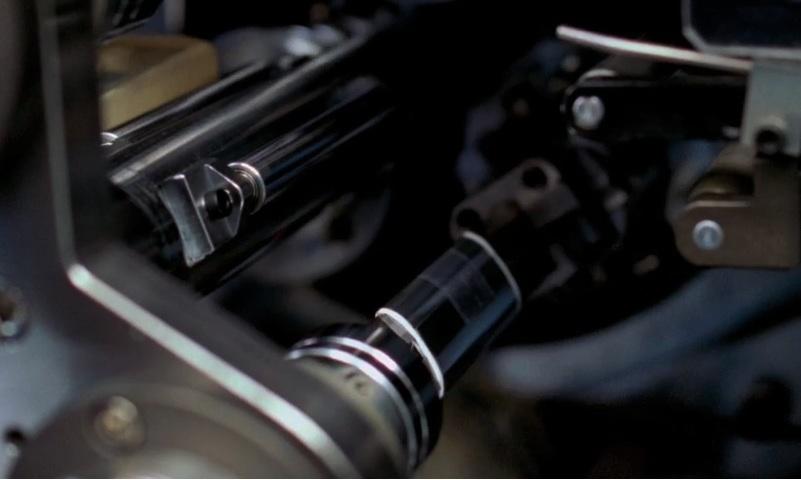
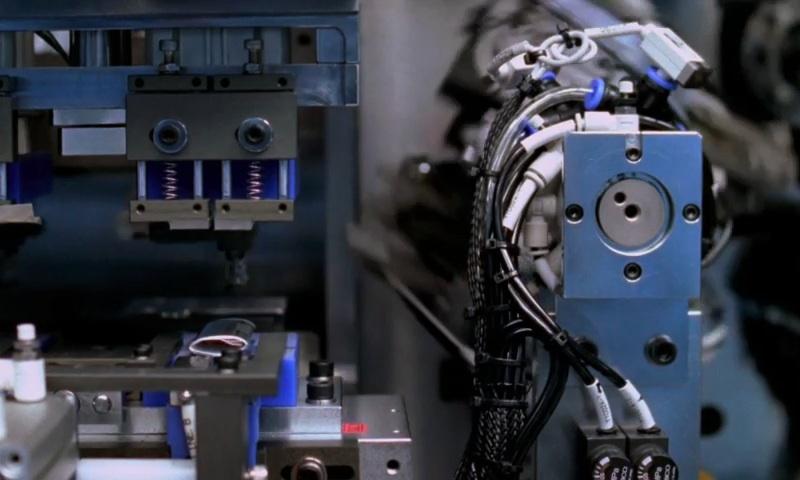
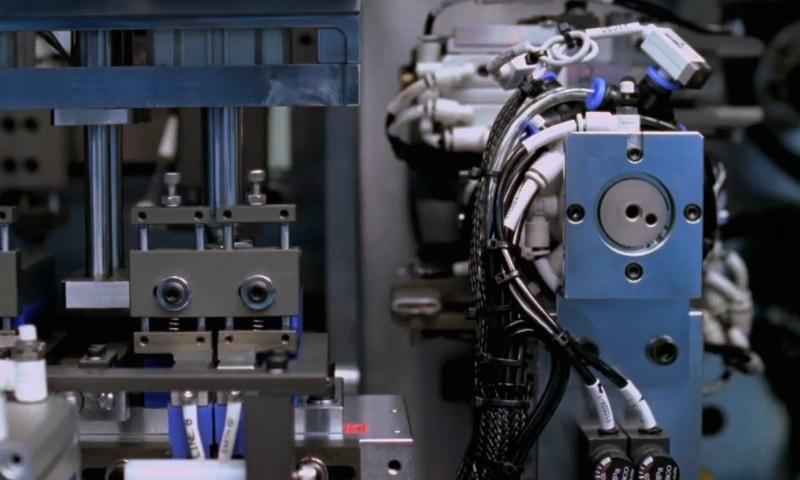
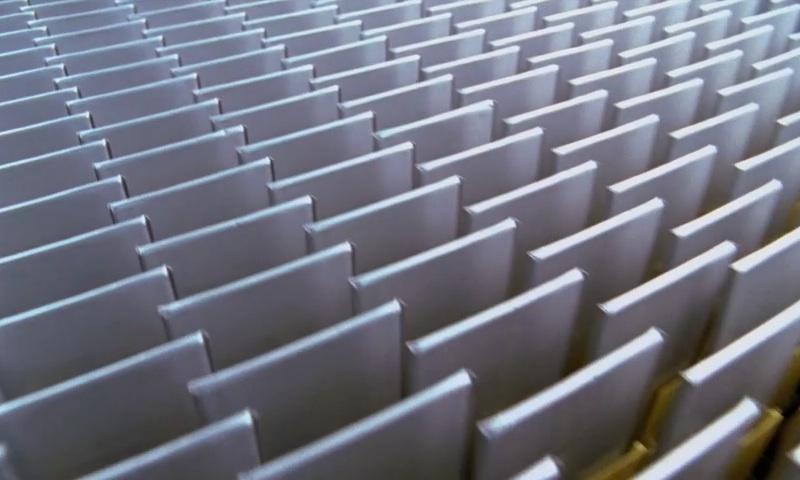
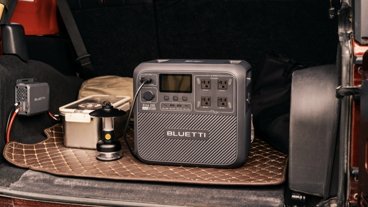

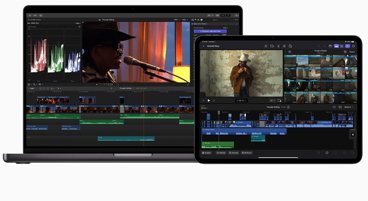



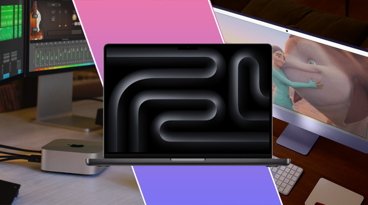






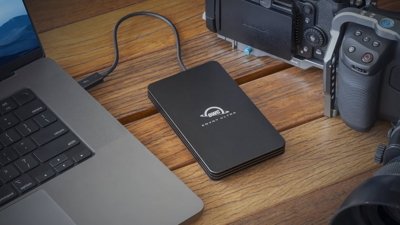
 Malcolm Owen
Malcolm Owen

 William Gallagher
William Gallagher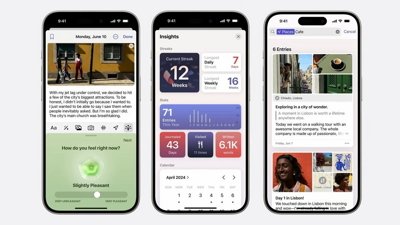
 Charles Martin
Charles Martin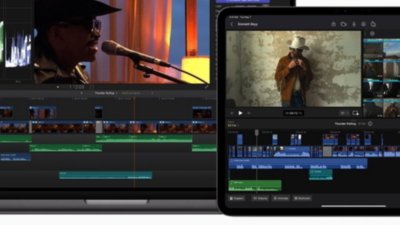
 Marko Zivkovic
Marko Zivkovic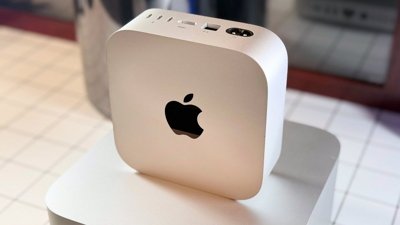
 Mike Wuerthele
Mike Wuerthele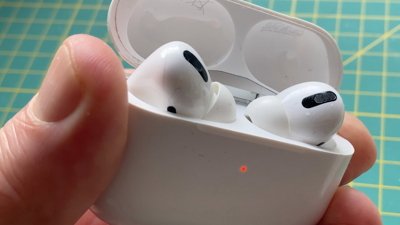
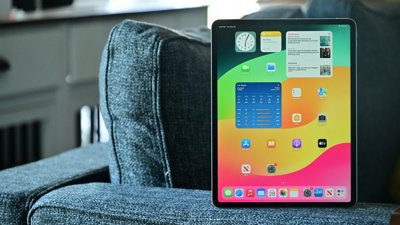
 Andrew Orr
Andrew Orr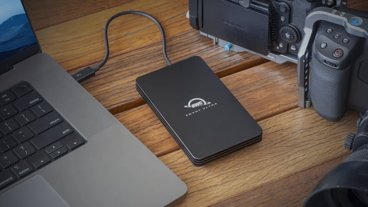
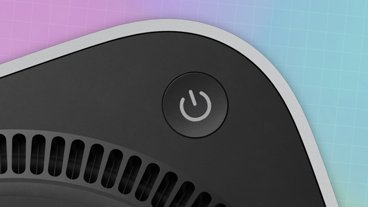






166 Comments
As a stockholder, I sure hope Apple can find a compromise between being "cheap" and "high end" for the next few years. Based on the keynote, they sold 2.3MM macs this past quarter, which was a little lower than I hoped, but seemingly in-line with estimates.
It will be hard to maintain sales and profits if the entire portfolio is biased to the high end.
This enables the company to produce differentiated products that stand out against the sea of commodity PC notebooks that are fighting primarily only to be cheaper, resulting in a need to use older technology that doesn't demand any investment in innovative research.
Apple intends to innovate its way out of the current recession, setting itself up for a strong position once the global economy recovers. Until then, sales of Apple notebooks appear to be stronger than ever, thanks to the company's relentless efforts to improve and differentiate its MacBooks from commodity PC alternatives.
Beautifully stated. And that's why I made the switch from PC to Mac.
Given my usage pattern, it's a reasonable compromise trading a replaceable 5 hour battery with a longer lasting non-replaceable 8 hour battery. It saves carrying a 2nd battery. As long as Apple's claims of 1000 cycle life up from 300 cycles is accurate, then I think it'll be okay in the long run.
I guess the question is when will it show up in the rest of the product line? Although it does go backwards on the MacBook and 15.4" MacBook Pro's recent promotion of the easy access cover.
The new 17" MacBook Pro claims an industry leading 8 hours of battery life, thanks to a series of innovations Apple highlighted in the new notebook's introduction. Even so, many of the advancements are not actually new, but rather the product of Apple's incremental engineering efforts to increase its notebooks' usability and desirability by thinking differently.
I think I'm going to puke. Is AI just a mouthpiece for Apple hype?
It's a bigger, non-removable, battery. The "Adaptive Charging" gives you better performance on cycling, but 300 is a seriously low-ball figure. Polymer batteries have been around forever and are common. On the other hand, no replaceable battery is a serious problem for many people.
If you really want to see something new, look at Toshiba's new Li-Ion batteries, which have serious performance.
As a stockholder, I sure hope Apple can find a compromise between being "cheap" and "high end" for the next few years. Based on the keynote, they sold 2.3MM macs this past quarter, which was a little lower than I hoped, but seemingly in-line with estimates.
It will be hard to maintain sales and profits if the entire portfolio is biased to the high end.
There was no mention of how many units Apple sold this quarter. The only mention was that they sold 9.7 M units in the past FISCAL year , which was the actual sales for Fiscal 08 and ended on Sept 30 2008.